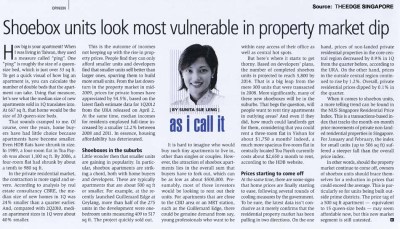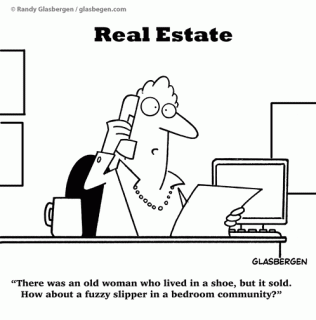The number of small apartments, or shoebox units, in Singapore will nearly quadruple from 2,500 currently to 9,700 by 2015, the government said.
Currently, about 8 out of 10 shoebox apartments are located in the city, appealing to singles and expats with lower transportation costs and travelling time to their workplace.
But analysts question the appeal of shoebox units in the heartlands, where HDB flats are in abundance, providing more space for less rental.
Cheaper mortgage rates and plenty of liquidity were pushing investors to property, but speculation may be waning.
Since December’s cooling measures, transactions of uncompleted units in the resale market dropped to four per cent, while the number of private residential properties bought by foreigners and companies dropped to seven per cent.
Land supply for residential needs has also increased.
“The market is a lot cooler than it was, say, one year ago,” Minister for National Development Khaw Boon Wan said.
“(But) there are pockets of hot activities, particularly in the mass market, with the emergence of these shoebox units.”
Shoebox units made up 27% of new home sales in the first quarter.
But unlike the soft landing of most property segments, analysts warn rentals and resale values of shoebox apartments could drop drastically.
“Shoebox (units) would be the first to suffer,” research head of Chesterton Suntec Colin Tan said.
“We may get (a situation) in the future where there will be falling prices for small apartments, and then rising prices for normal-sized apartments because they simply do not meet the requirements of the family.”
.





